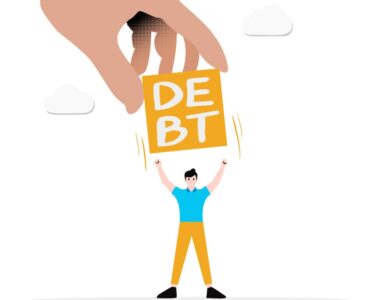According to the U.S. Department of Agriculture (USDA), 2.8 million homes with an older adult experienced food insecurity in 2016. In other words, they lacked access to a consistent supply of nutritious food to lead healthy, active lives.
The Consequences of Food Insecurity for Seniors
Younger people may have an easier time overcoming poor nutrition. Seniors, however, are not so lucky. If a senior suffers from food insecurity, they can face longer recovery times after surgery. It may also take their bodies more time to heal any wounds from falls.
Speaking of falls, food-insecure seniors are at a higher risk since insufficient nutrition can lead to bone density, muscle mass, and balance issues. If a senior is at a higher risk for falls, it can negatively impact their independence.
A lack of nutrients due to food insecurity can also leave a senior with nutrient deficiencies. This can result in chronic conditions. Add in financial problems and the stress from not putting food on the table, and those chronic conditions can become even worse.
With an adequate diet, seniors can reduce stress, decrease the risk of chronic conditions, maintain healthier bodies, and hang on to their independence. Where can this adequate diet come from if an older adult lacks income? From SNAP or food stamps.
How SNAP Improves Senior Health
As of 2016, the USDA estimated that nearly five million low-income seniors over 60 were SNAP recipients. On average, they received $106 monthly to buy groceries. This resulted in a 30 percent reduction in food insecurity.
What happens when a senior becomes eligible for SNAP benefits? Besides gaining peace of mind knowing they’re getting a certain amount each month for groceries, studies found that SNAP allowed them to save money for other expenses.
One of the most prominent findings was how SNAP helped seniors stick to their prescriptions. A 2018 study found that seniors were less likely to miss doses of medication by receiving food stamps, and they were more likely to refill prescriptions.
As a senior’s monthly SNAP budget increased, they began using their extra savings to pay for medical care and activities to promote their health. According to a study by the University of Massachusetts Boston, SNAP beneficiaries over 60 were more likely to access health care. Using their savings towards hospital stays, doctor appointments, home health care, and nursing home care, seniors receiving SNAP had a better chance of living longer, healthier lives.
While SNAP frees up money for seniors to access healthcare, it also makes them less likely to need it. Seniors who participate in SNAP have a lower risk of hospitalization, and those who visit the hospital usually do so for shorter, less expensive stays.
Applying for SNAP
Although the benefits of SNAP for seniors are promising, it’s unfortunate that many are not taking advantage of the program. According to the National Council on Aging, nearly three in five seniors are eligible for SNAP, but have not applied to receive the benefits.
To learn more about SNAP so you can apply, go here.






